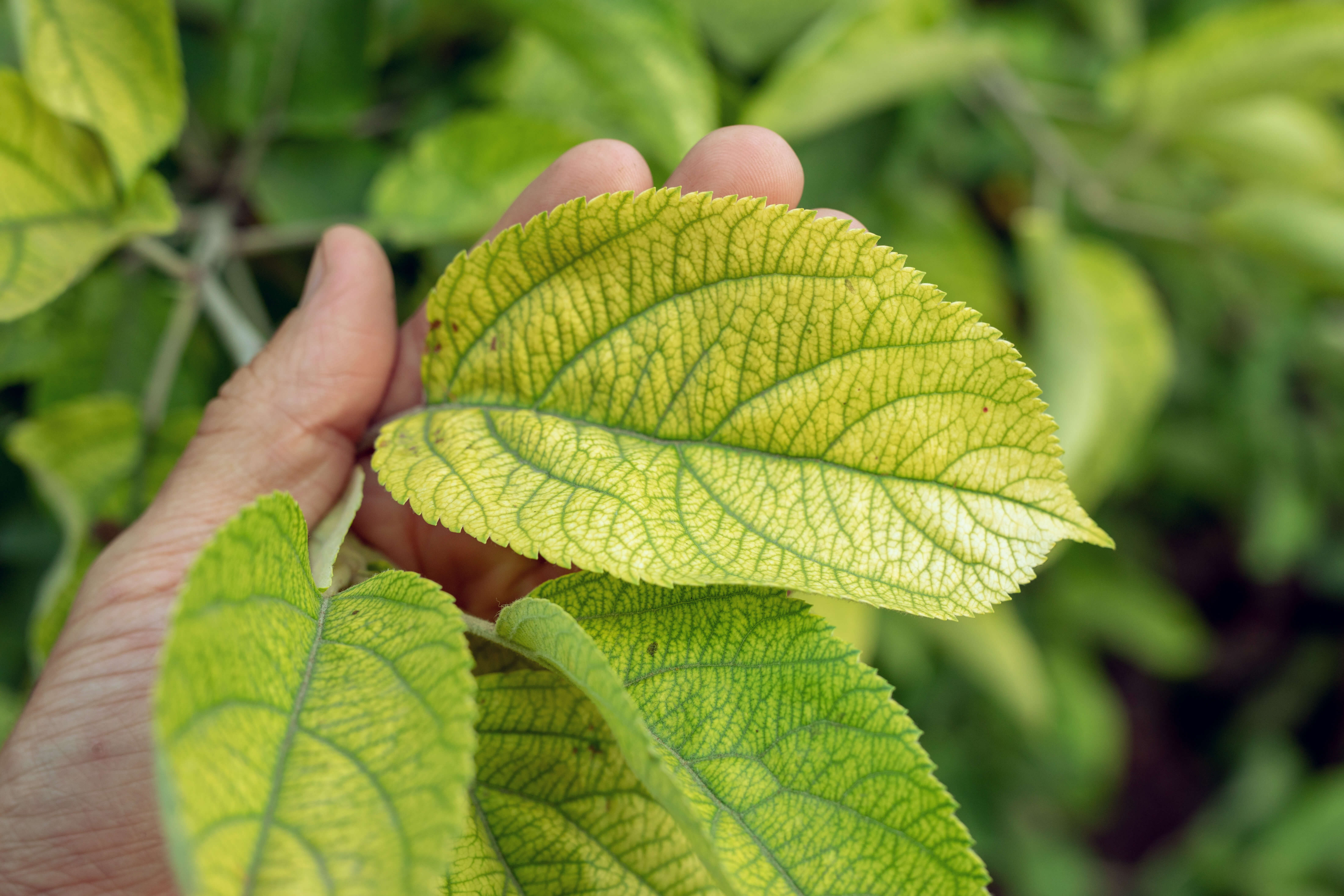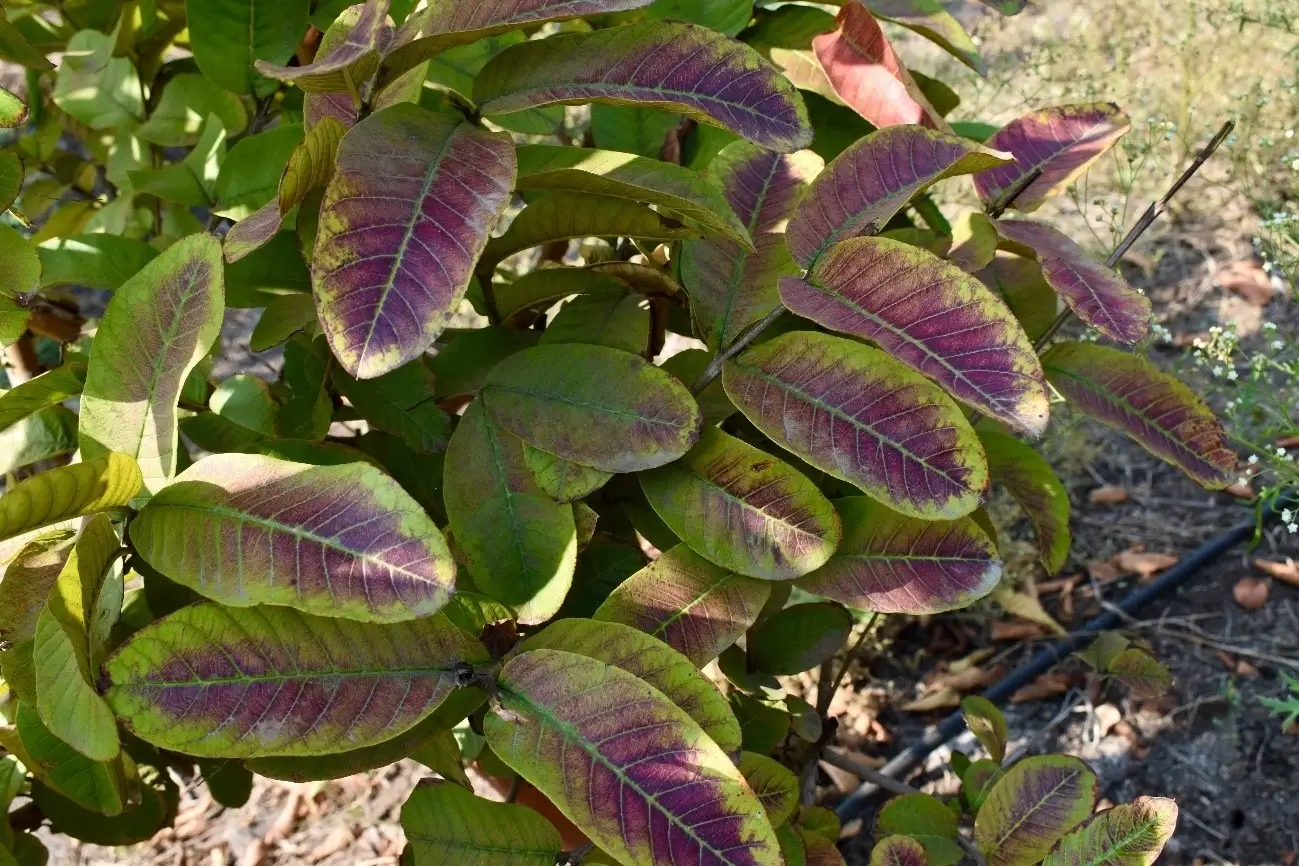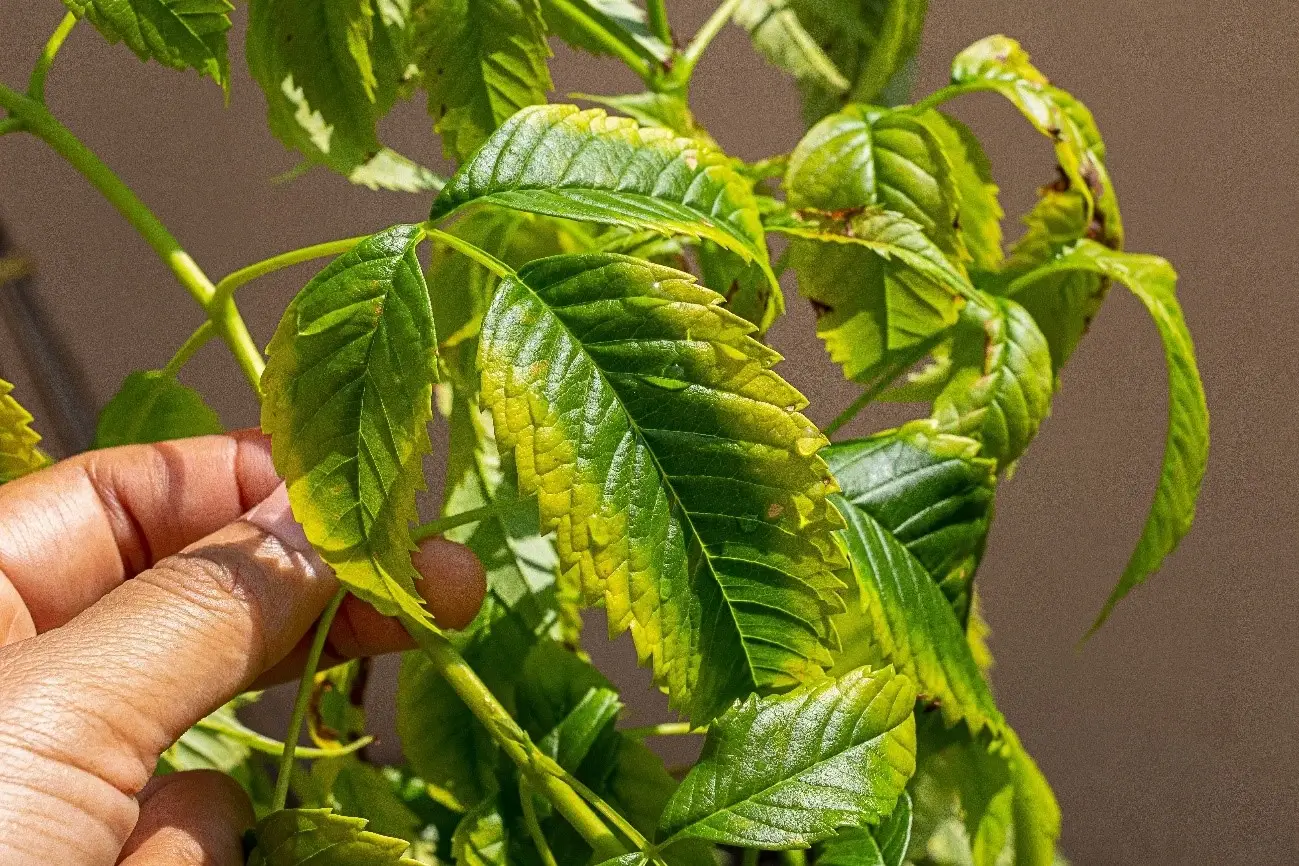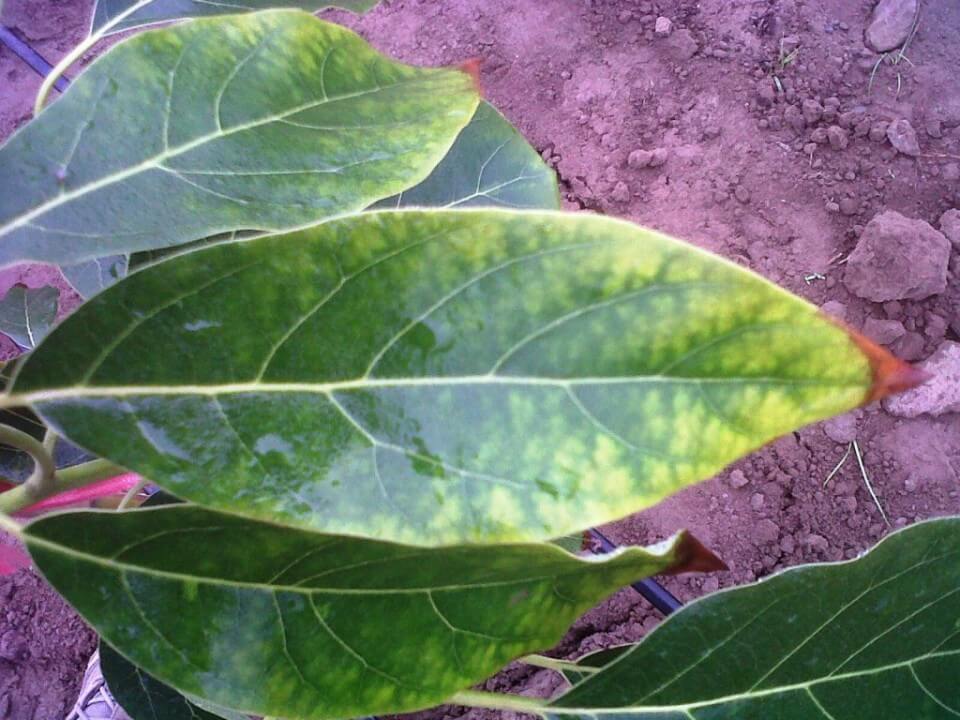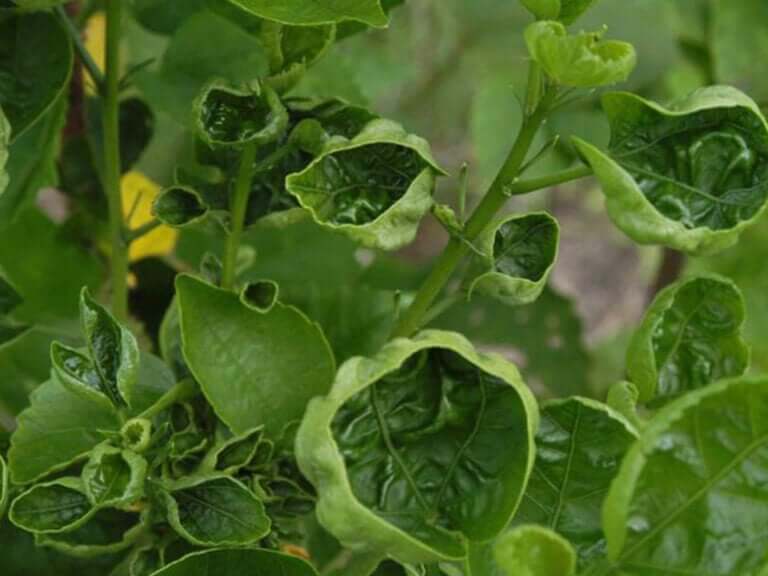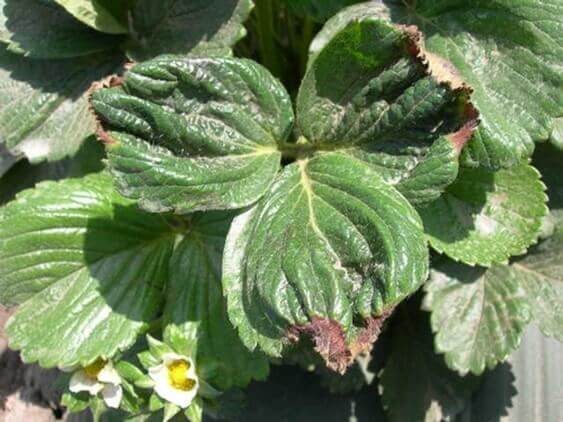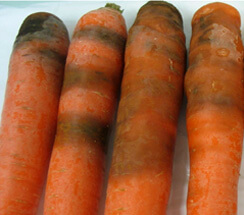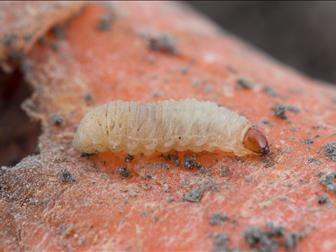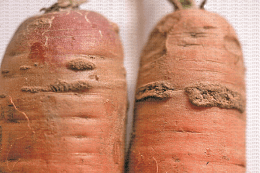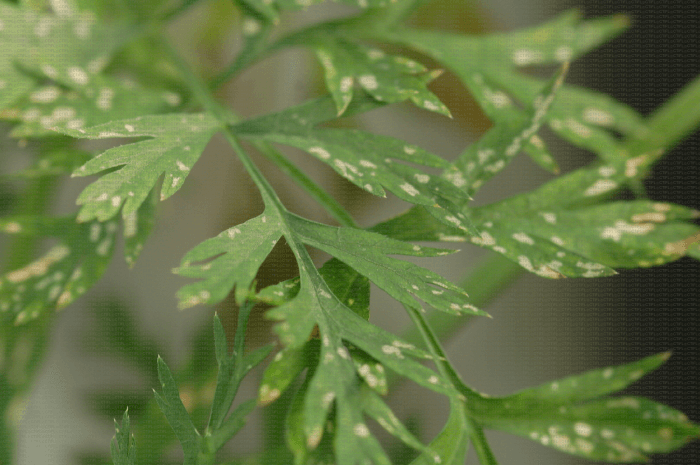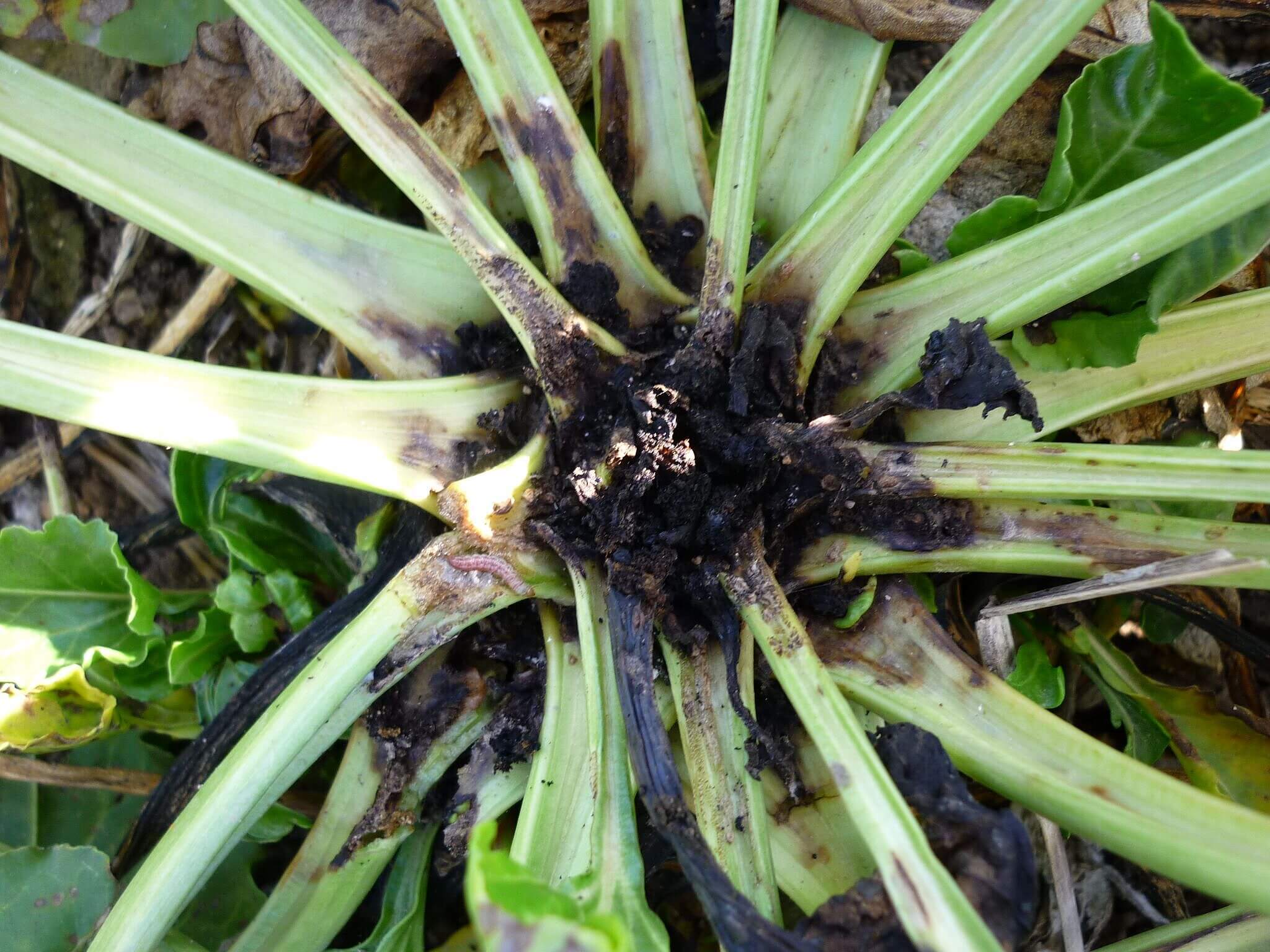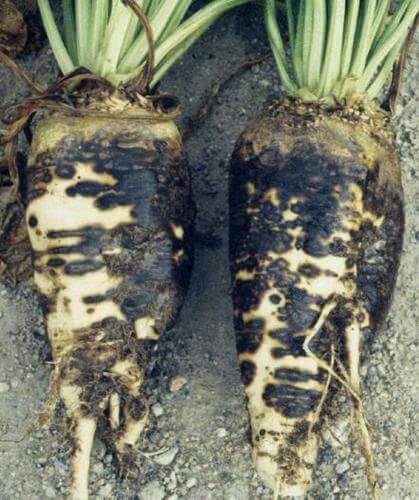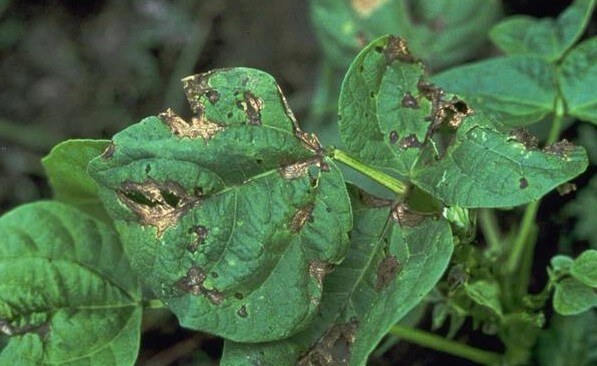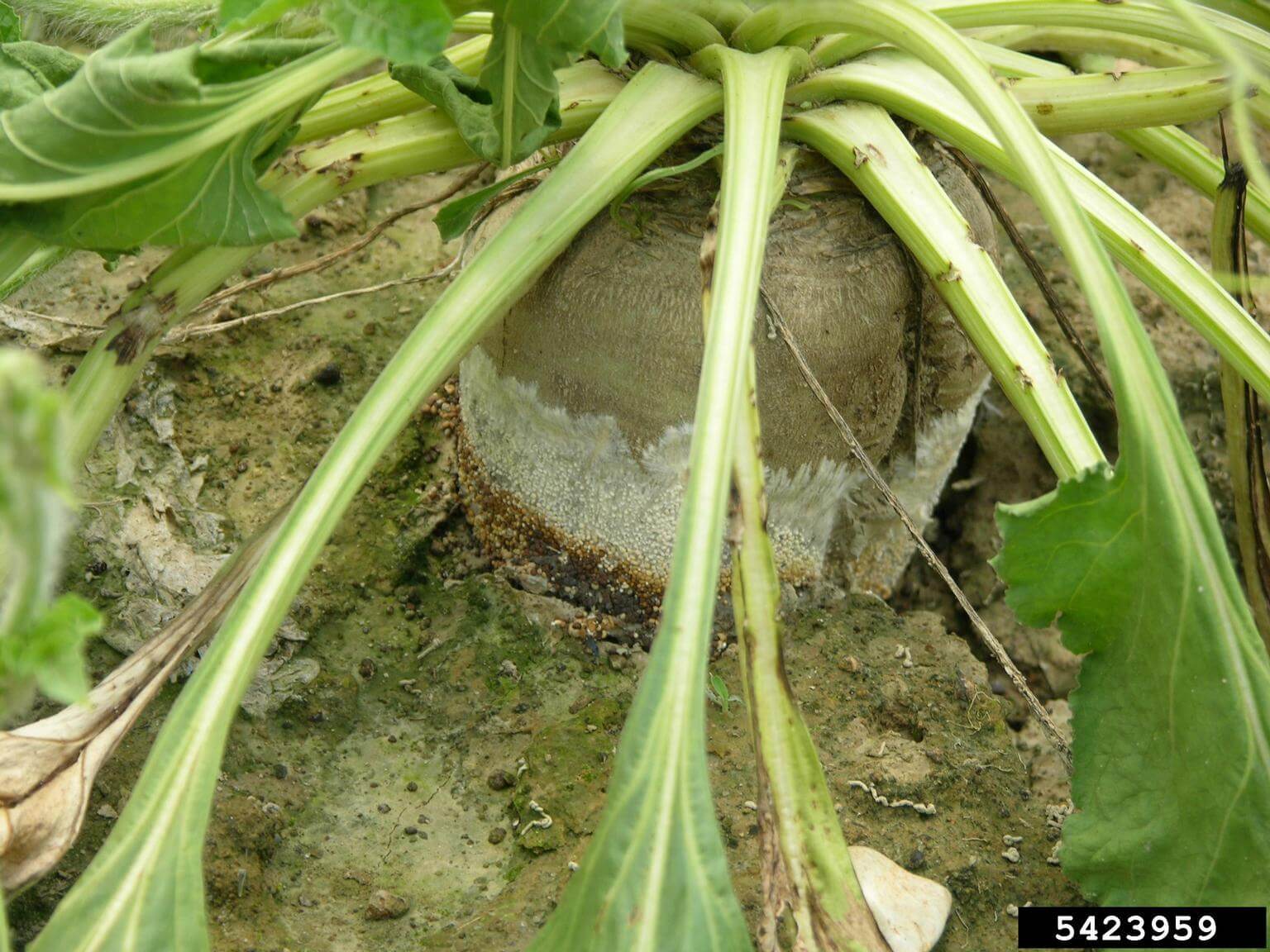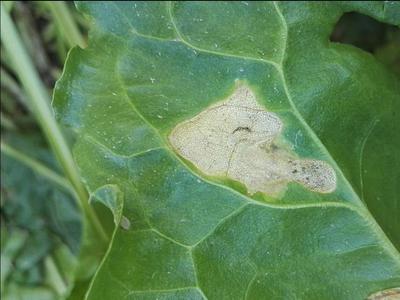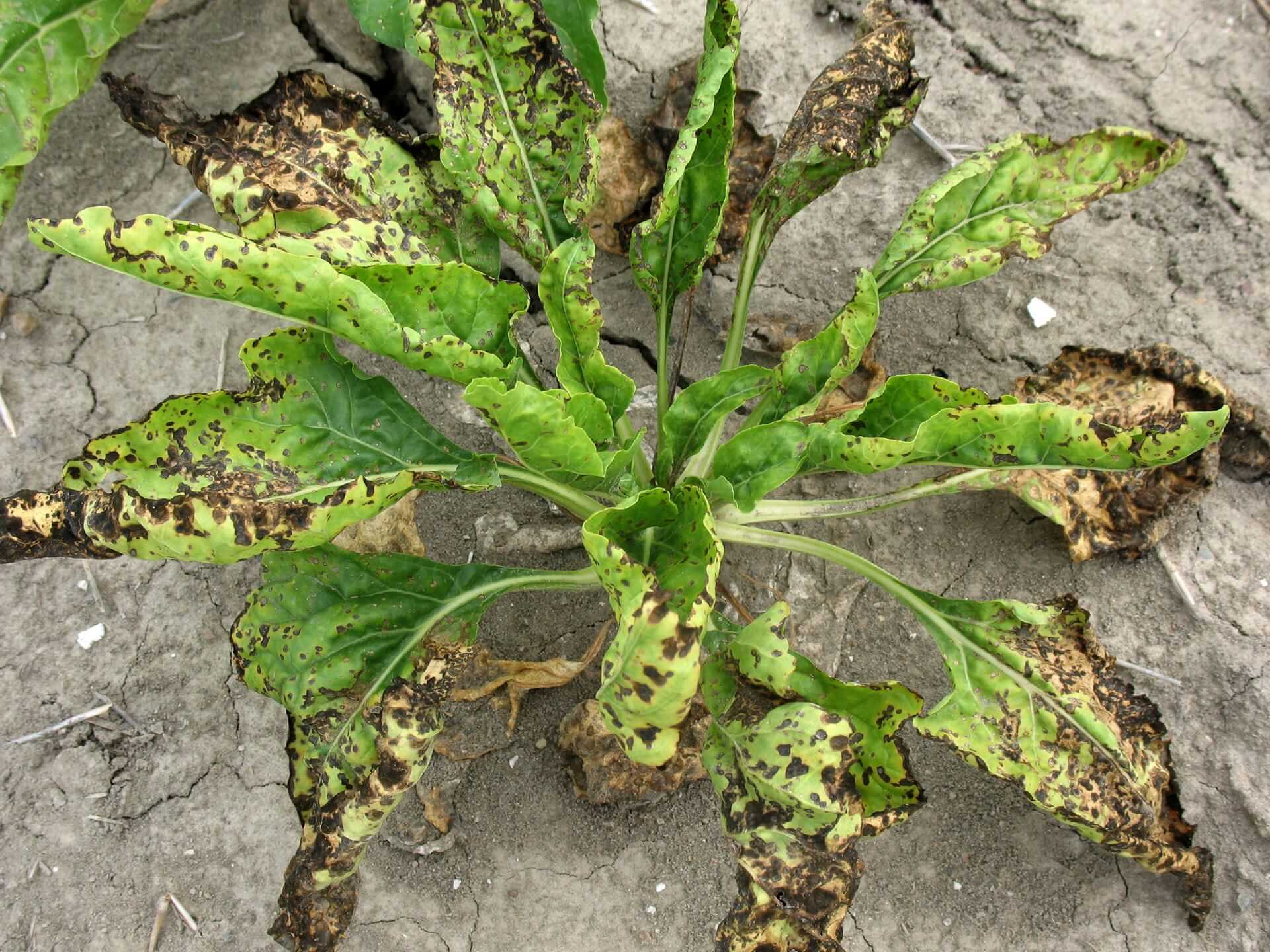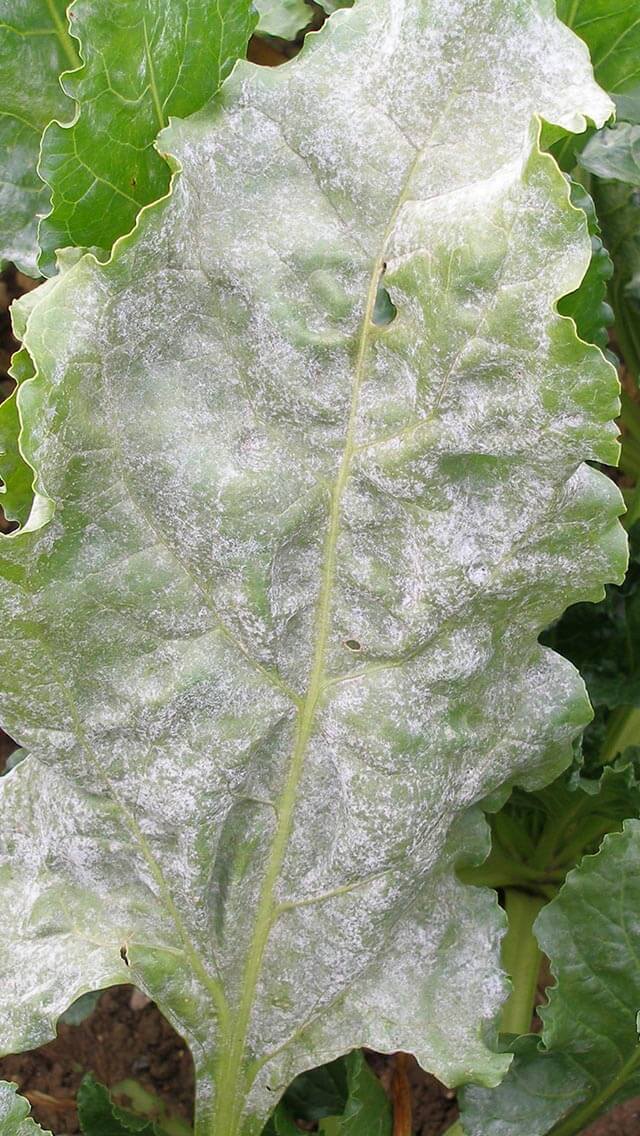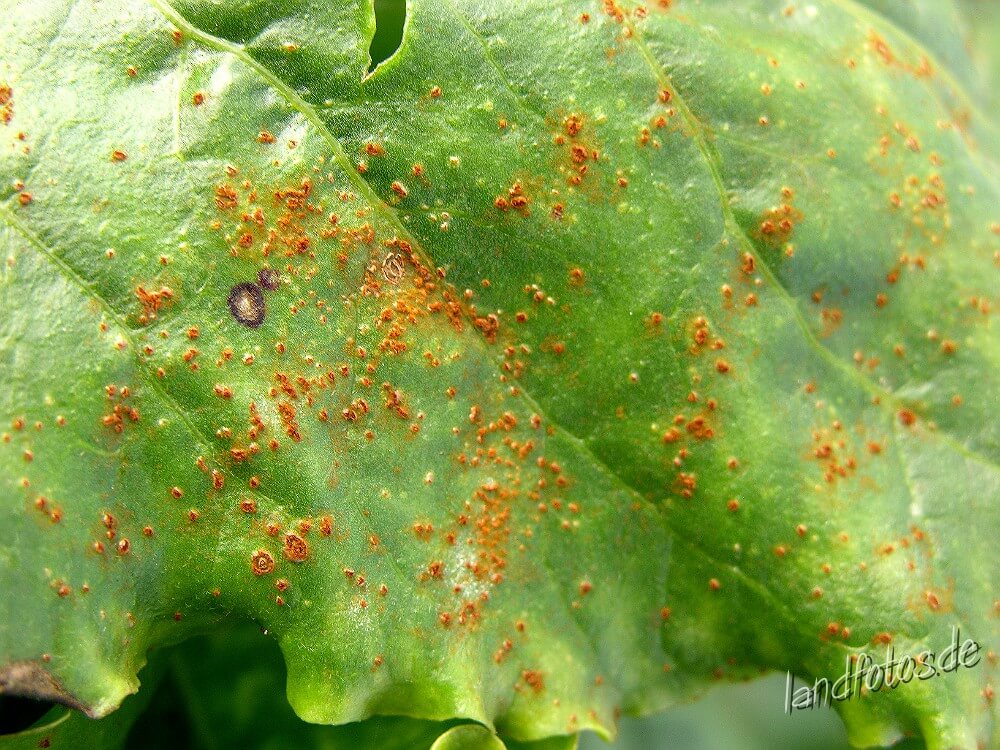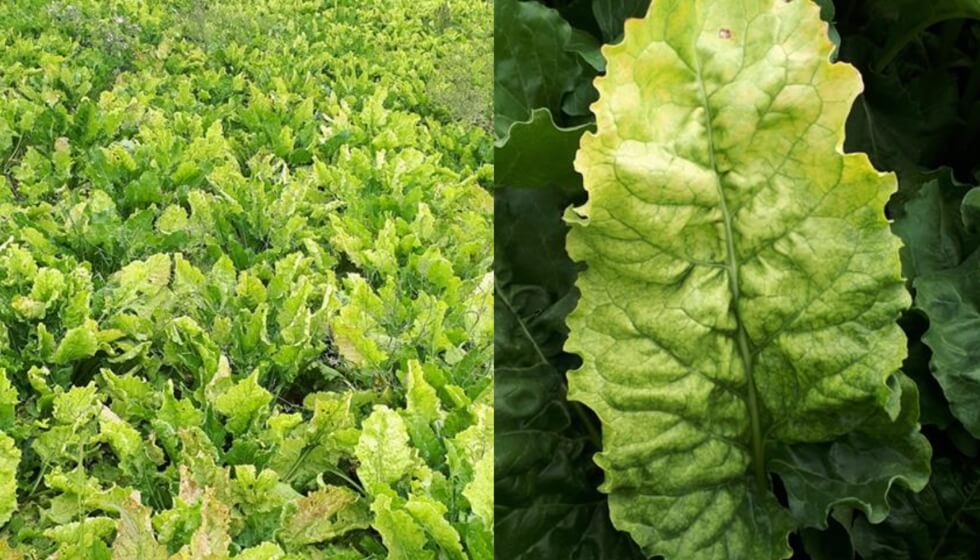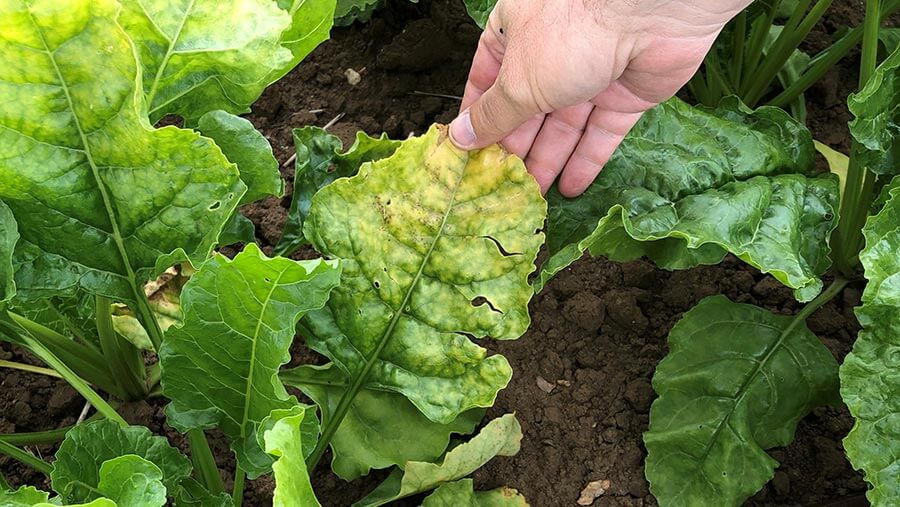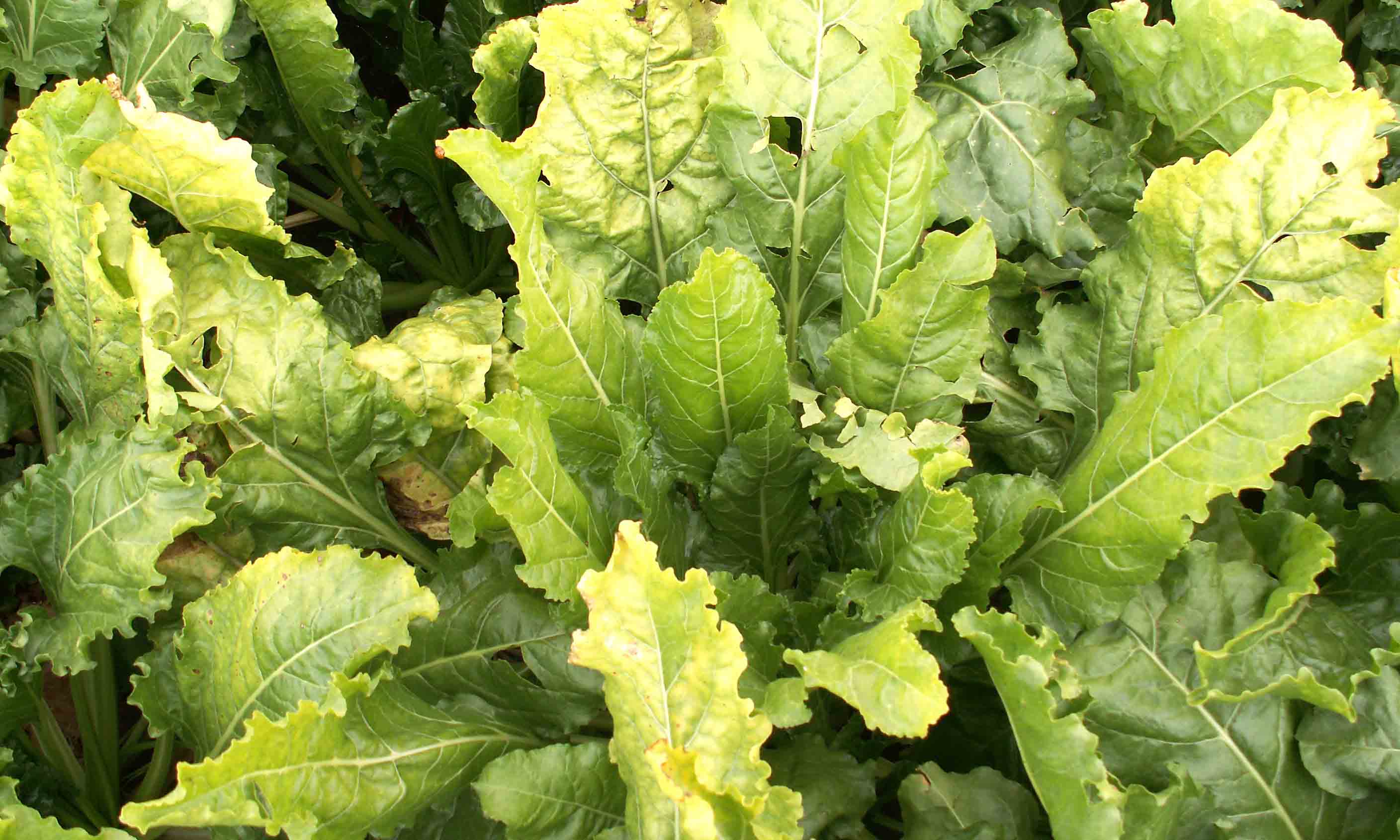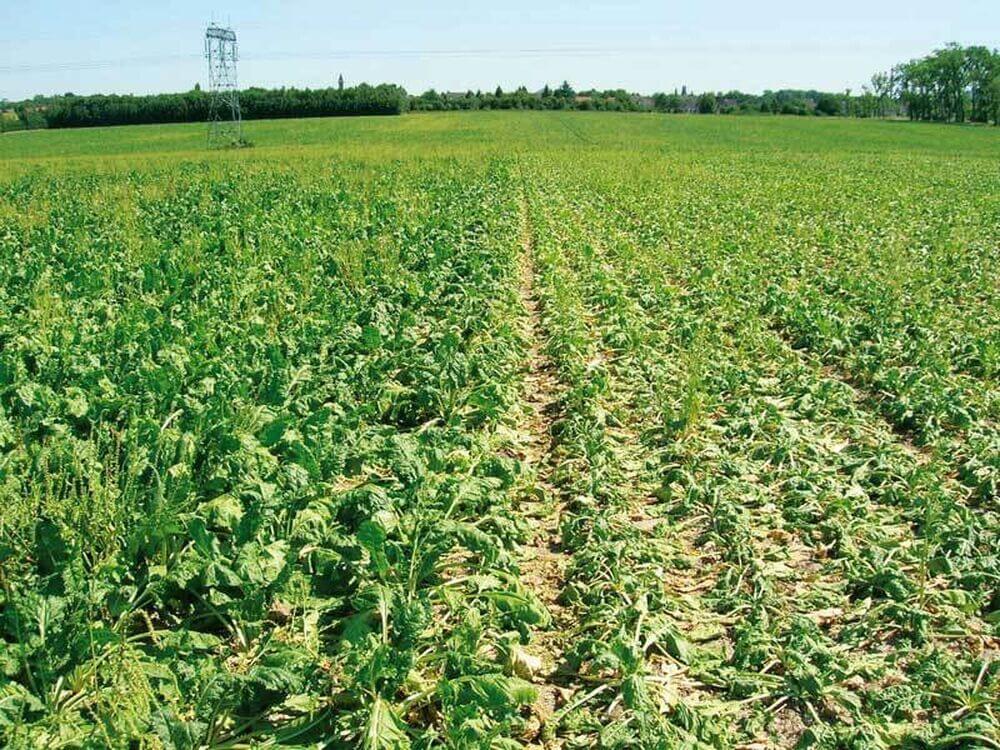
Rosal
How to recognize and combat rose rust
Rust
Fungus
Type:
Risk to the plant:
INTERMEDIATE
Phragmidium Mucronatum
Pathogen:

Royas
WHO CAUSES IT?
Rust is a fungal disease that affects a wide variety of plants, including rose bushes. This disease is caused by fungi of the genus Puccinia, which infect the leaves and other tissues of the plant, causing significant damage if not properly controlled.
SYMPTOMS
In rose bushes, rust produces a series of characteristic symptoms. These include the appearance of yellow, orange or brown Taches on the leaves of the plant, often accompanied by a fine rust-colored powder on the underside of the leaves. Over time, the Taches can expand and merge, causing defoliation and weakening of the plant.



DEVELOPMENT CONDITIONS
Temperature:
15°C - 25°C
Humidity:
70% - 90%
HOW IS IT SPREAD?
Direct contact with infected plants, the spread of spores by wind and rain, and the movement of contaminated plant material.
HOW TO ELIMINATE IT?
Home treatments
There are no home treatments
Natural allies
Chemical treatments
There are no treatments for this disease. Treatments are directed at the insect vectors that transmit it. See insect treatments.
RECOMMENDED PRODUCTS TO ELIMINATE THE PEST
Sponsored link
Sponsored link
Sponsored link
Sponsored link
Sponsored link
Sponsored link
Sponsored link
Effective against all types of fungi
Sponsored link
Sponsored link
Sponsored link
Sponsored link
Sponsored link
REPELLENT PLANTS
-
RECOMMENDATIONS





















